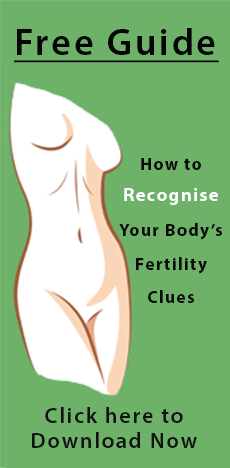The following guide will help you become familiar with the various biological terms commonly used in describing the female reproductive system and menstrual cycle.
Cervix refers to the neck of the womb.
Corpus Luteum or Yellow Body is in effect a tiny and temporary endocrine gland, continues to secrete reduced amounts of oestrogen which return the cervix (closes and hardens) and mucus (dries up) to their naturally infertile state.
Endometrium mucous membrane lining of the uterus.
Oestrogen is the female sex hormone responsible for the development and maintenance of female reproductive organs , especially breast and uterus, and the secondary sex characteristics such as distribution of fat and hair patterns.
Fallopian Tube is a duct that transports ovum from the ovary to the uterus.
Follicle is a small secretory sac or cavity which surrounds the ovum in the ovary
FSH or Follicle Stimulating Hormone stimulates cells in the ovaries to secrete oestrogens, and also assist mature ova to be released from ovary.
Hormones are a chemical substance, produced by an organ, gland or special cells, that is carried through the bloodstream to regulate the activity of certain organs.
LH or Lutenising Hormone stimulates the ovary to release mature ova and prepares the uterus for the implantation of a fertilised egg. It also stimulates the formation of the corpus luteam in the ovaries.
Menarche is the term given to the onset of menstruation in females. This occur at puberty and can be anywhere between the ages of 10 and 17, depending on the individual.
Menopause is the termination of the menstrual cycle in women in midlife between the ages of 40 and 55 years.
Menstruation is the term given to the periodic discharge of blood, tissue fluid and mucus from the endometrium (lining of the uterus) that usually lasts from 3 – 5 days. It is caused by a sudden reduction in estrogens and progesterone. Can also be referred to as the menstrual phase or menstrual cycle, or menses.
Ovary a female gland that produces hormones and the female reproductive or germ cell (ova).
Ovulation is the release of a fertile ovum or egg from the ovary into the fallopian tube.
Uterus hollow, muscular organ in females that is the site of menstruation, implantation, development of the foetus, and labour. Also called the womb.
Ovum (plural) or Ova (singular) are the female reproductive, egg or germ cell.
Pituitary Gland is a gland located in the brain that regulates a wide range of bodily activities from growth to reproduction.

